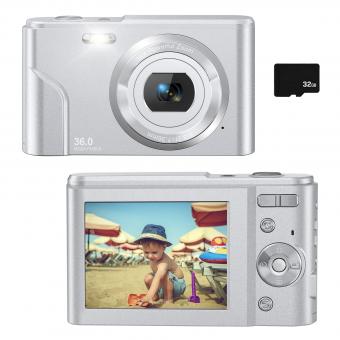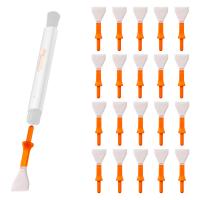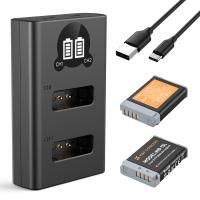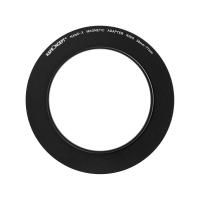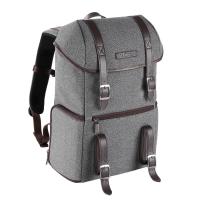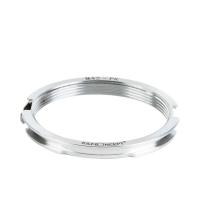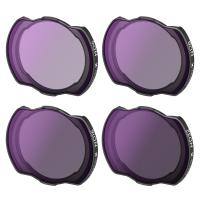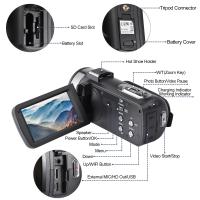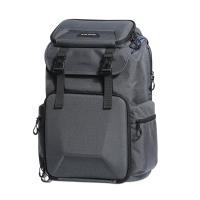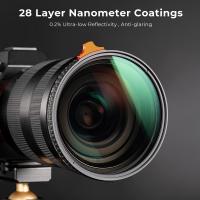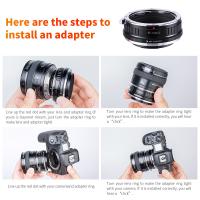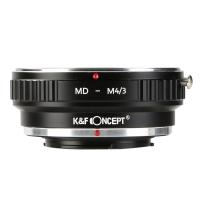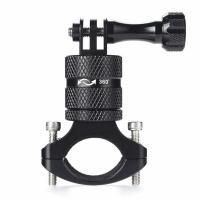What Sort Of Digital Camera Should I Buy ?
The type of digital camera you should buy depends on your specific needs and preferences. Consider factors such as your budget, intended use (e.g., casual photography, professional work), desired features (e.g., zoom, image stabilization, low-light performance), and level of expertise (e.g., beginner, intermediate, advanced). Research different camera types, such as point-and-shoot, mirrorless, or DSLR, and compare their specifications, image quality, and user reviews. Additionally, consider the availability and cost of compatible lenses and accessories. It may be helpful to visit a camera store or consult with knowledgeable individuals to get hands-on experience and personalized recommendations. Ultimately, choose a camera that aligns with your requirements and offers the best balance of quality, functionality, and value for your investment.
1、 DSLR vs Mirrorless: Choosing the Right Camera System
DSLR vs Mirrorless: Choosing the Right Camera System
When it comes to buying a digital camera, the decision between a DSLR (Digital Single-Lens Reflex) and a mirrorless camera can be quite challenging. Both camera systems have their own advantages and it ultimately depends on your specific needs and preferences.
DSLR cameras have been the go-to choice for professional photographers for many years. They offer a wide range of lens options, excellent image quality, and advanced features. DSLRs also have an optical viewfinder, which allows you to see the scene directly through the lens, providing a more accurate representation of the final image. Additionally, DSLRs generally have longer battery life and better autofocus performance, making them ideal for sports and wildlife photography.
On the other hand, mirrorless cameras have gained popularity in recent years due to their compact size and advanced technology. They are lighter and more portable than DSLRs, making them a great choice for travel and street photography. Mirrorless cameras use electronic viewfinders, which offer real-time previews of the image, allowing you to see the exposure and white balance adjustments before taking the shot. They also have faster burst rates and better video capabilities.
The latest point of view is that mirrorless cameras have made significant advancements in autofocus performance, catching up to DSLRs in many cases. Additionally, mirrorless systems are constantly evolving, with new models being released frequently, offering improved features and technology.
In conclusion, if you prioritize image quality, lens selection, and battery life, a DSLR might be the right choice for you. However, if you value portability, advanced technology, and real-time previews, a mirrorless camera could be the better option. It is recommended to try out both systems and consider your specific needs before making a decision.

2、 Megapixels and Image Quality: Understanding Resolution in Digital Cameras
Megapixels and Image Quality: Understanding Resolution in Digital Cameras
When it comes to buying a digital camera, one of the most important factors to consider is the resolution, which is measured in megapixels. Megapixels determine the level of detail and clarity in your photographs, but it's important to understand that higher megapixels don't always equate to better image quality.
In the past, the general belief was that more megapixels meant better image quality. However, as technology has advanced, other factors such as sensor size, lens quality, and image processing have become equally important in determining image quality. A camera with a larger sensor and better lens can produce superior images even with fewer megapixels.
Today, most digital cameras on the market offer more than enough megapixels for the average user. Unless you plan on printing large posters or heavily cropping your images, a camera with around 12-24 megapixels should suffice. Instead of solely focusing on megapixels, consider other features such as low-light performance, dynamic range, and autofocus capabilities, which can greatly impact the overall image quality.
It's also worth noting that higher megapixels can result in larger file sizes, which may require more storage space and slower processing times. Additionally, more megapixels can also lead to increased noise in low-light conditions.
In conclusion, when deciding what sort of digital camera to buy, it's important to understand that megapixels are just one aspect of image quality. Consider other factors such as sensor size, lens quality, and image processing capabilities to ensure you get the best overall performance from your camera.
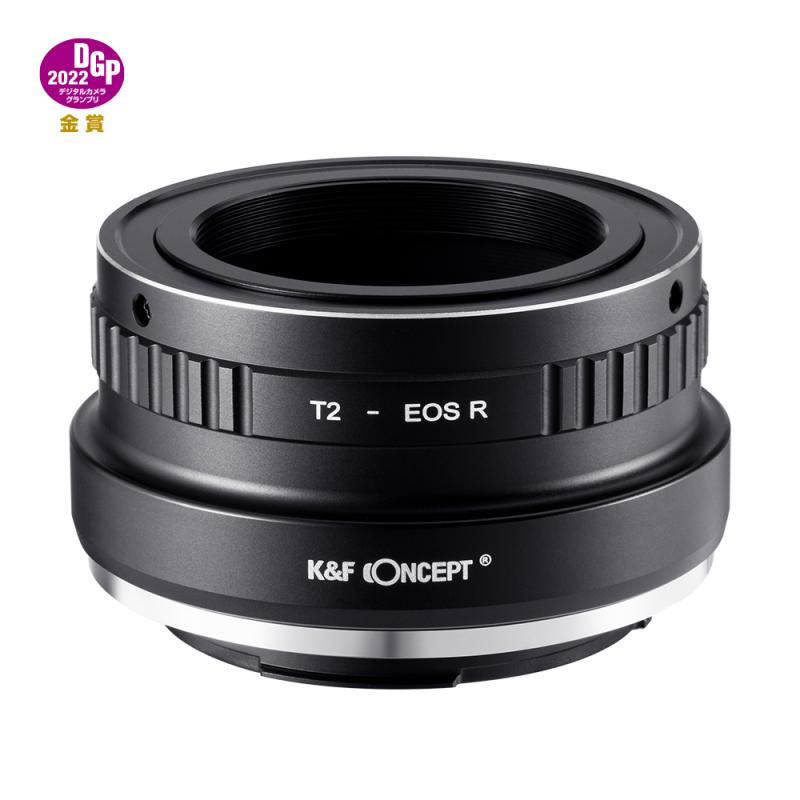
3、 Sensor Size and Performance: Exploring Different Sensor Types
Sensor Size and Performance: Exploring Different Sensor Types
When it comes to buying a digital camera, one of the most important factors to consider is the sensor size and its impact on performance. The sensor is the component that captures light and converts it into a digital image, so its size plays a crucial role in determining image quality.
There are various sensor sizes available in the market, ranging from compact point-and-shoot cameras to professional DSLRs. The most common sensor types include full-frame, APS-C, Micro Four Thirds, and smaller sensors found in compact cameras and smartphones.
Full-frame sensors are the largest and offer the best image quality, low-light performance, and dynamic range. They are commonly found in high-end DSLRs and mirrorless cameras. APS-C sensors are smaller but still deliver excellent image quality and are more affordable. They are commonly used in mid-range DSLRs and mirrorless cameras.
Micro Four Thirds sensors are even smaller but offer a good balance between image quality and portability. They are commonly found in mirrorless cameras and are popular among travel and street photographers. Smaller sensors found in compact cameras and smartphones are more limited in terms of image quality and low-light performance but are highly portable and convenient for everyday use.
The latest point of view is that advancements in technology have allowed smaller sensors to improve in image quality and low-light performance. However, full-frame and APS-C sensors still offer the best overall performance, especially in challenging lighting conditions.
Ultimately, the choice of sensor size depends on your photography needs and budget. If you are a professional or enthusiast photographer looking for the best image quality and low-light performance, a camera with a full-frame or APS-C sensor would be ideal. However, if portability and convenience are more important to you, a camera with a smaller sensor may suffice.
It is recommended to try out different cameras and sensor sizes before making a purchase to see which one suits your needs and preferences the best.
4、 Lens Options and Interchangeability: Maximizing Versatility in Photography
Lens Options and Interchangeability: Maximizing Versatility in Photography
When it comes to choosing a digital camera, one of the most important factors to consider is the lens options and interchangeability. The lens is the heart of any camera system, and having a wide range of lens options can greatly enhance your photography experience.
In recent years, camera manufacturers have been expanding their lens lineups, offering a variety of focal lengths and specialized lenses to cater to different shooting styles and subjects. This allows photographers to have more creative control and flexibility in capturing their vision.
Interchangeable lens systems, such as those found in mirrorless and DSLR cameras, provide the ultimate versatility. These systems allow you to easily swap lenses to suit different shooting situations. For example, you can use a wide-angle lens for landscape photography, a telephoto lens for wildlife or sports photography, and a macro lens for close-up shots. This flexibility ensures that you can capture a wide range of subjects with optimal image quality.
Furthermore, lens options are not limited to the offerings of the camera manufacturer. Many third-party lens manufacturers, such as Sigma and Tamron, produce high-quality lenses that are compatible with various camera systems. This opens up even more possibilities for photographers, as they can choose from a wider range of lenses with different characteristics and price points.
In terms of the latest point of view, the trend in lens options and interchangeability is towards smaller and lighter lenses without compromising image quality. Mirrorless camera systems, in particular, have been leading this charge, with manufacturers developing compact lenses that deliver exceptional performance. This makes it easier for photographers to carry and use their equipment for extended periods without fatigue.
In conclusion, when considering what sort of digital camera to buy, it is crucial to prioritize lens options and interchangeability. Having a wide range of lenses at your disposal allows you to maximize versatility in your photography, capturing different subjects and styles with ease. With the continuous advancements in lens technology, photographers can expect even more exciting options in the future.










